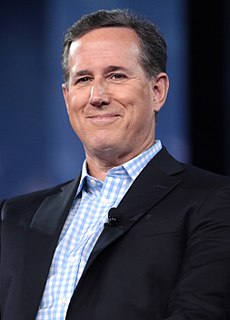A Quote by Frank Gehry
China is building cities for a 20 to 40 percent increase in population. India is quickly growing. The carbon footprints of that and other development around the world are overwhelming.
Related Quotes
Fifty percent of the world's population lives in cities. In a couple of decades, 70 percent of the world's population will be living in cities. Cities are where the problem is. Cities are where the solution is, where creativity exists to address the challenges and where they have most impact. This is why, in 2005, the C40 was founded, an organization of cities that address climate change. It started with 18 cities; now it's 91. Cities simply are the key to saving the planet.
In terms of building consumer products, the U.S. and China are ahead of India. The interesting opportunity for India is whenever there is a disruption in technology, it gives every country a chance to leapfrog and take a lead. To take an example, China is leaping ahead in growing the China electric vehicle ecosystem.
Although population and consumption are societal issues, technology is the business of business. If economic activity must increase tenfold over what it is today to support a population nearly double its current size, then technology will have to reduce its impact twenty-fold merely to keep the planet at its current levels of environmental impact. For example, to stabilize the climate we may have to reduce real carbon emissions by as much as 80 percent, while simultaneously growing the world economy by an order of magnitude.
I believe the Visa Waiver Program, it essentially is the soft underbelly of the visa system. Now we have 35 countries in it. We have 16 million people coming in. I believe the overstays still run about 40 percent of the undocumented population. In other words, there's 40 percent that you really don't know where it came from is what I'm trying to say. And I've always suspected people come in on a visitor's visa and they just decide to stay, and that's a large part of the undocumented population.
It's against the law in India to marry off a girl under the age of 18, as it is in many parts of the world. But India has more child brides than any other country, and they become mothers early in life. The population continues to grow; it is likely to overtake China as the most populous nation within this decade.








































